Every year, seagulls manage to ruffle feathers in coastal communities across Scotland with dive-bombing, chip-stealing and endless squawking.
There are many gull-lovers out there, it’s only that they aren’t as outspoken as those who find them a nuisance and want them culled, says Lady Hadassah Broscova-Righetti.
The countess, a founding director of the Blue Highlands Rescue and Avian Conservation centre in Brora, says she thinks the seaside birds get far too much bad press.
Her rescue centre has rehabilitated hundreds of seagull patients over the years who have suffered from all sorts of injuries — many of them caused by human actions.
“Gulls are a love/hate thing, people either love them or they really hate them,” she said.
“And usually the haters are not really thinking it through, or are poorly informed.”
Meet Goose, the gunshot victim missing half a wing
Lady Hadassah said the “overwhelming majority” of seagulls that she takes under her wing for rehabilitation and release back into the wild are vehicle impact victims.
After that, the second-most common reason gulls arrive at Blue Highlands is because they’ve become tangled up and hurt in abandoned fishing gear at sea, or leftover rubbish from people visiting the coastline.
But although these injuries were caused by human activity, she said there are some birds she takes in that have been targeted by “more direct and insidious” actions.
One of those seagulls is named Goose.
He’s missing half of his wing, and as a result has become a permanent resident of the sanctuary.
The countess explained police brought the animal to Blue Highlands for help in the wee hours of the morning, because one of his wings had been shot with a gun.
“That gull is now permanently disabled and in our care,” she said.
“He has otherwise recovered and is healthy, but the fact is his life has been changed forever because of human interference.
“His only goal in life is to be a bit of a surrogate parent to the younger ones that come in by their dozens.”
Why does Lady Hadassah think seagulls are worth fighting for?
Right now, the Blue Highlands centre has around 25 gulls in its care, alongside dozens of other birds of all different species.
Although our towns, cities and villages by the sea are full of seagulls swooping about and rummaging through our bins, Lady Hadassah explained that this doesn’t give a true representation of the true conservation status of the birds.
Some types of birds are in serious trouble across the country, including the herring gull, which is red-listed due to population declines.
This puts them in the same status as some of Scotland’s more charismatic animals.
She said: “They’re seen as chip-nickers, but the fact is these birds now find themselves with the same conservation status as the capercaillie.
“People see a glut of gulls in an area, but they need to know that is not the whole picture.
“Just because they see a pocket of gulls that seem to be doing well, that does not at all serve as an indicator as to the overall health of the population which has fallen by as much as 50% in the last decade.”
Are seagulls really ‘as diverse in personalities as humans are’?
Over her years of caring for all sorts of birds, Lady Hadassah said she can tell that seagulls are far from the mindless, screeching scavengers some people believe they are.
In fact, she says from her experience seagulls are highly intelligent, and all their own individuals.
“They certainly have their own personalities,” she said.
“We have some that have learned to beg in certain ways, or be extra cute in order to get extra treats.
“Some of them are bullies, and some are extremely laid back with more gentle personalities and some are quick to befriend newcomers.
“They are as diverse in personalities as humans are, I’d dare say.”
‘They just want to feed their families’
Regarding their behaviour that infuriates residents and business owners living all across our coastlines, Lady Hadassah says she thinks a lot of people tend to think of them as “little thieves, stealing our chips and crisps when we’re not looking”.
And to those people, the countess said: “If you had no other way to feed your children, I would think it would be against your philosophy to watch a child starve, rather than nick a bag of crisps.
“They’re just surviving like any other animal is surviving.
“Just because they’re better at it, more industrious, or more intelligent or observant doesn’t make them somehow insidious.
“It makes them clever and wise — they just want to feed their families and survive in a fast-changing world, a world that has become decidedly dangerous for many species of birds.”
What does Lady Hadassah think about calls for a gull cull?
In our poll of 653 Press and Journal readers, 92% said they believe gulls are a problem in their area.
In total, 354 said they thought there should be “some form of cull“.
To those calling for widespread culling of seagulls, Lady Hadassah questioned if they really care about wildlife or not.
“You can’t really say you’re a bird lover, except for pigeons, crows and gulls, that’s not the way it works.
“You either love and embrace biodiversity as it exists in our beautiful, ornithological-rich highlands, or you don’t.”
“And when a bird is so pressed against the wall as to be considered red-listed, I think you should re-examine your opinions.”
She added: “We all have to live together, and if you really do care, then put up with a little bit of squawking for 50 days.
“It’ll be fine, and you know you’ll be doing your bit by letting them get on with raising their young.”
You can read more about the bird-rescuing countess Lady Hadassah, why she names every bird in her care, and her work at Blue Highland in this in-depth interview.
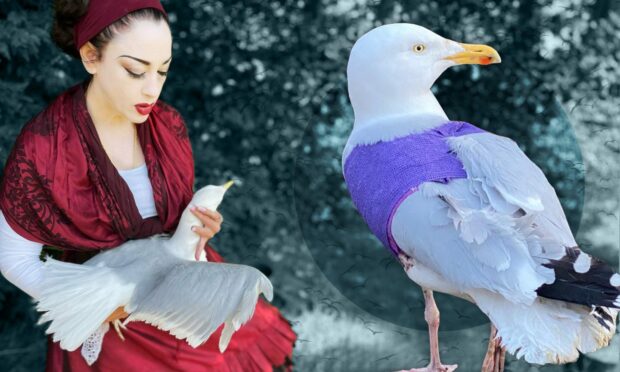
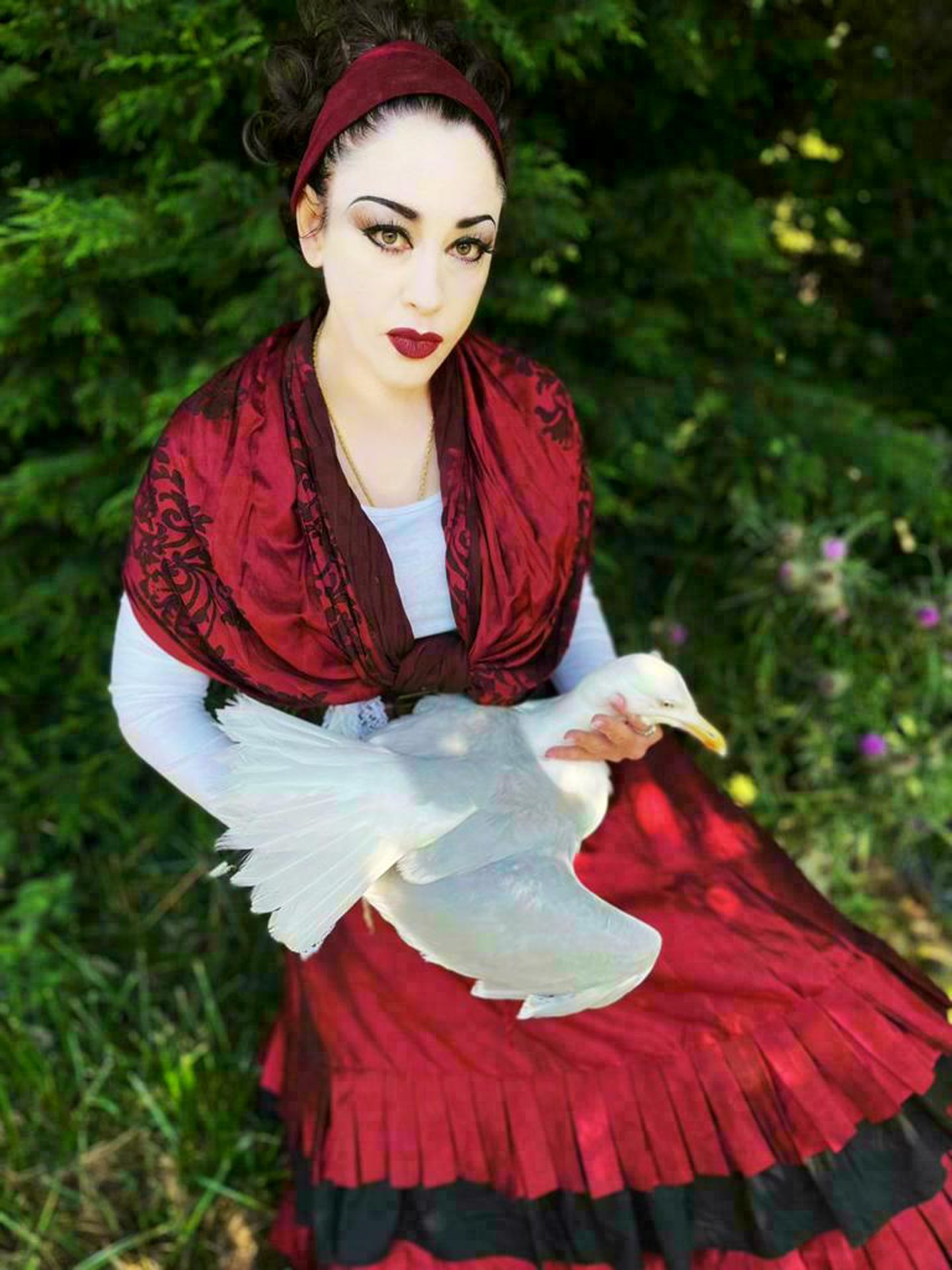
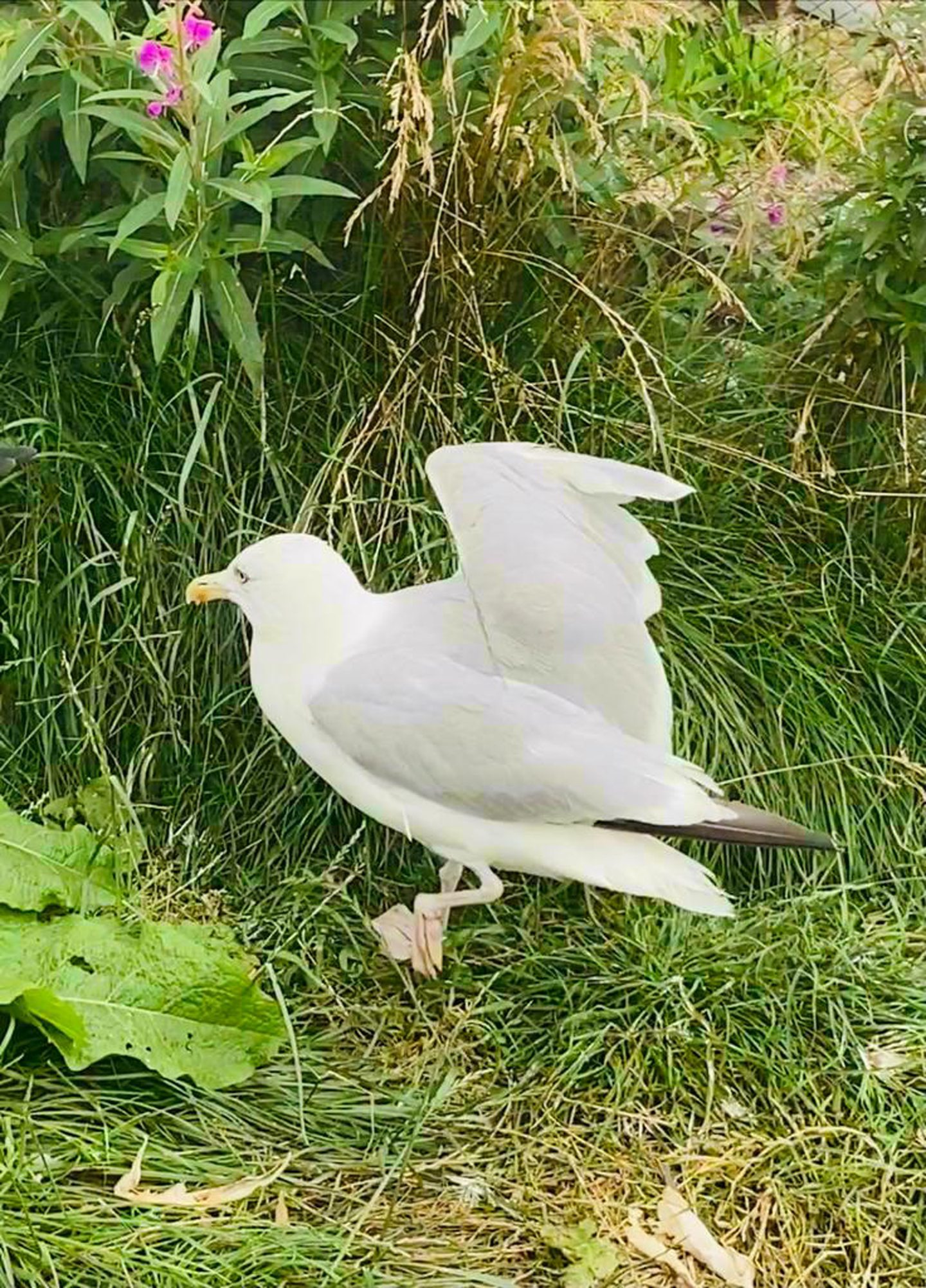
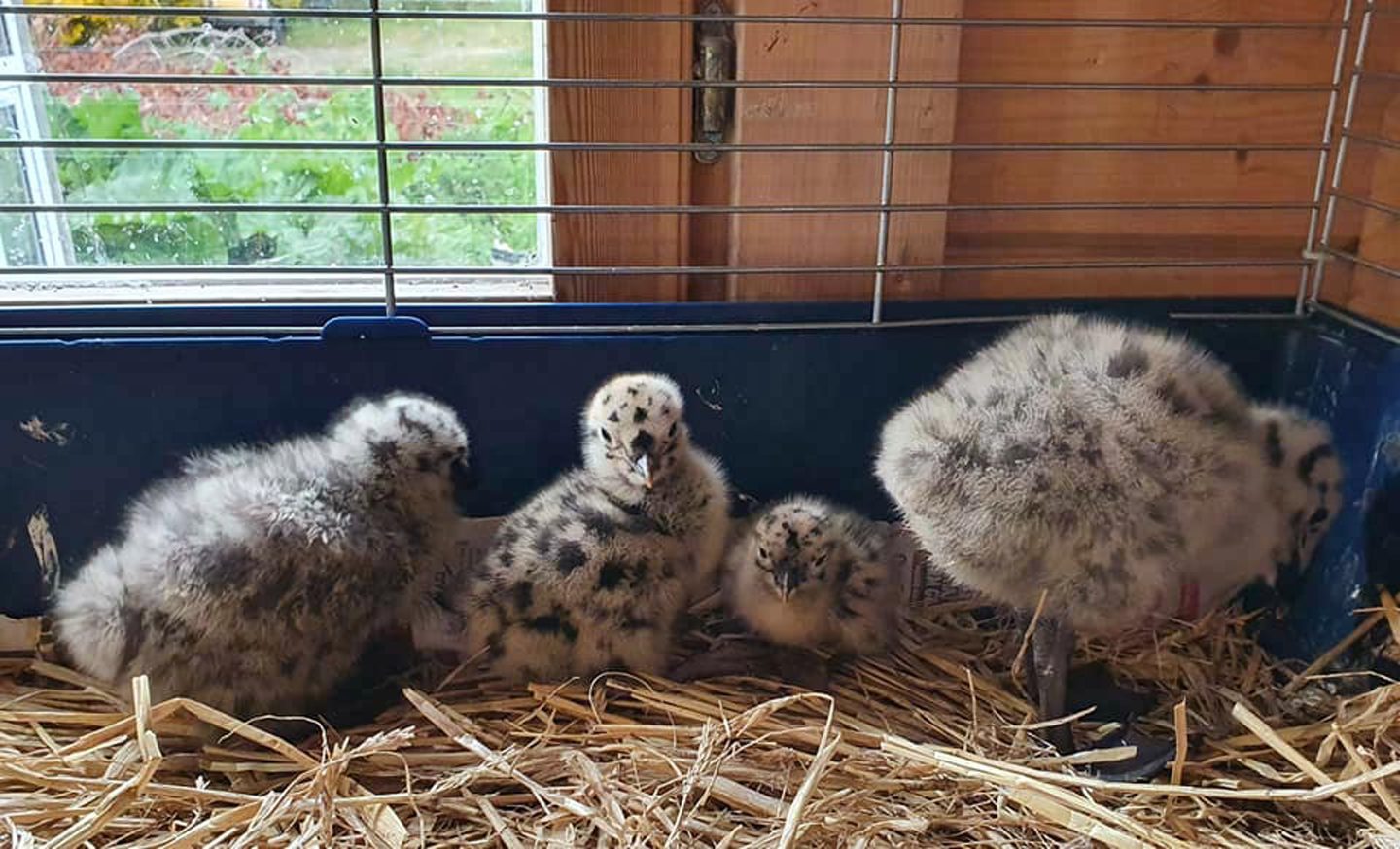
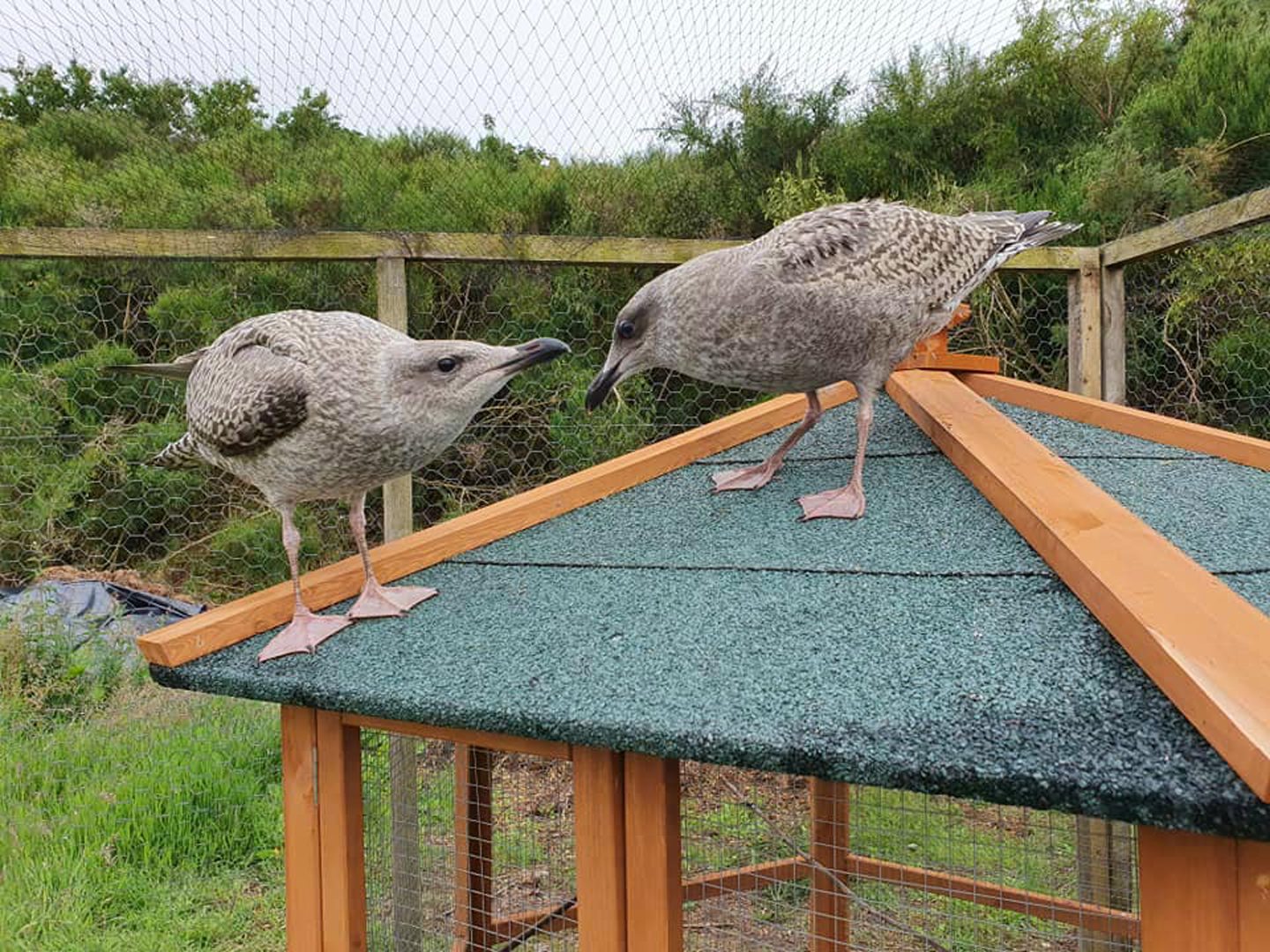
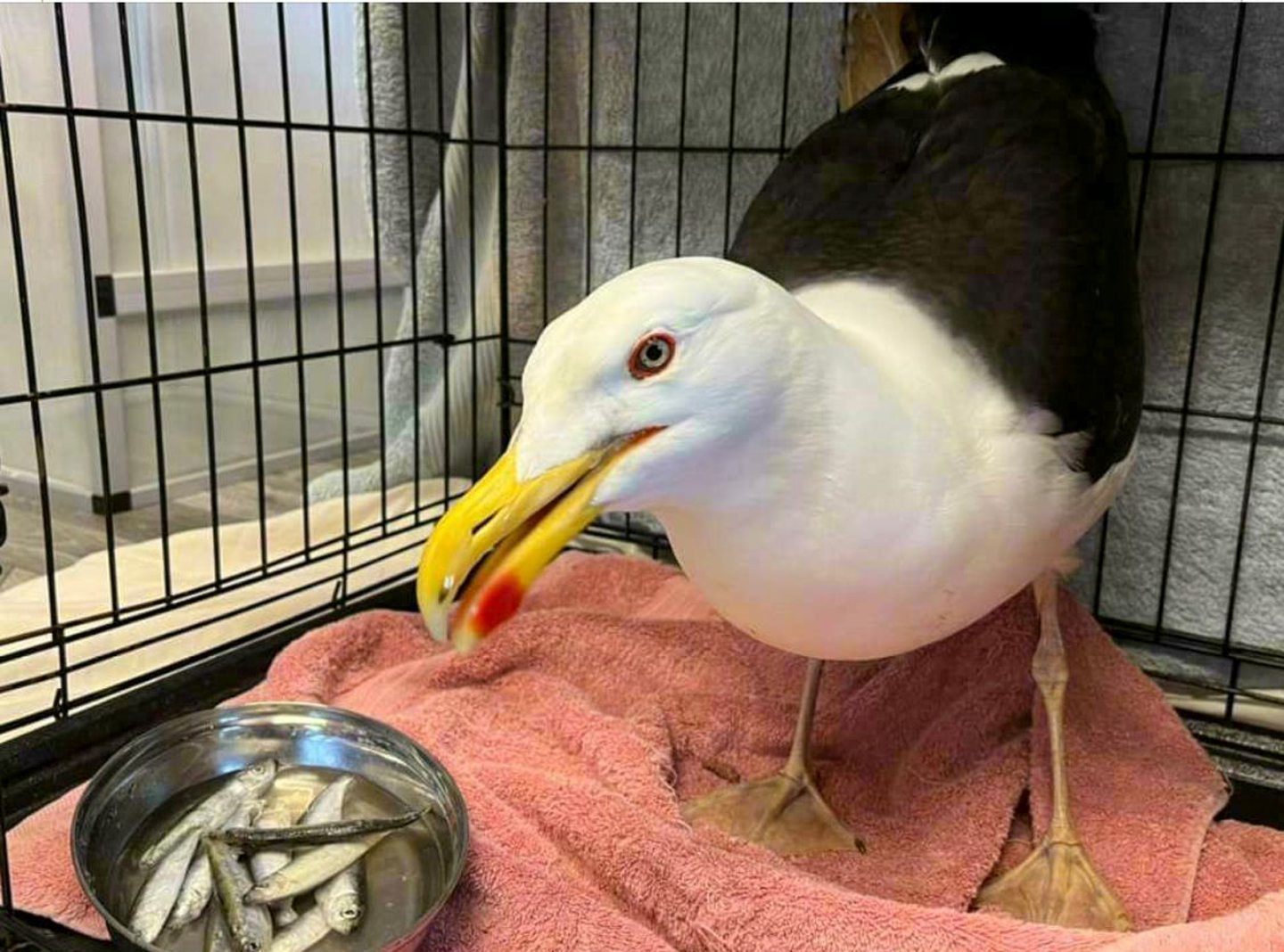
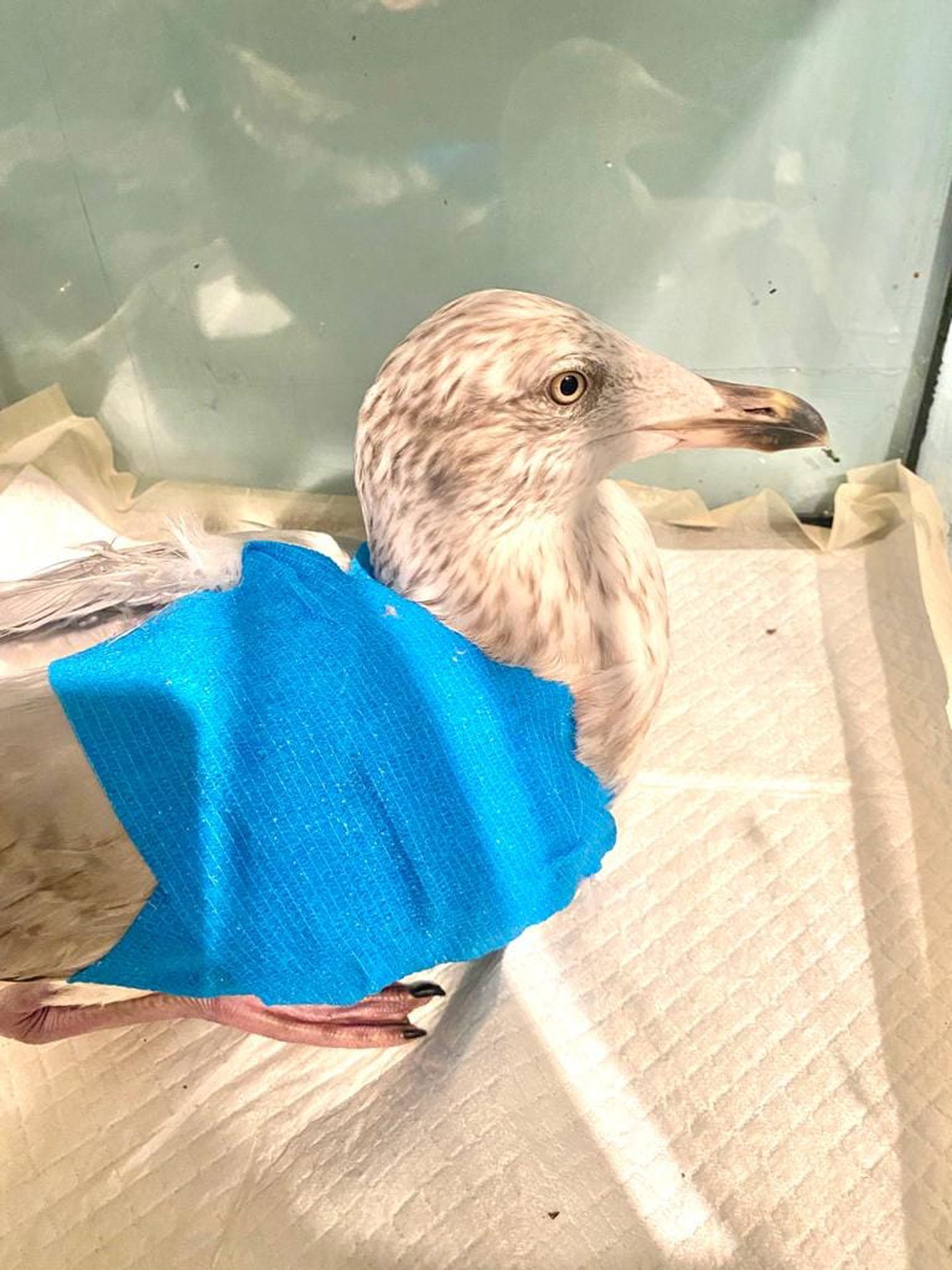
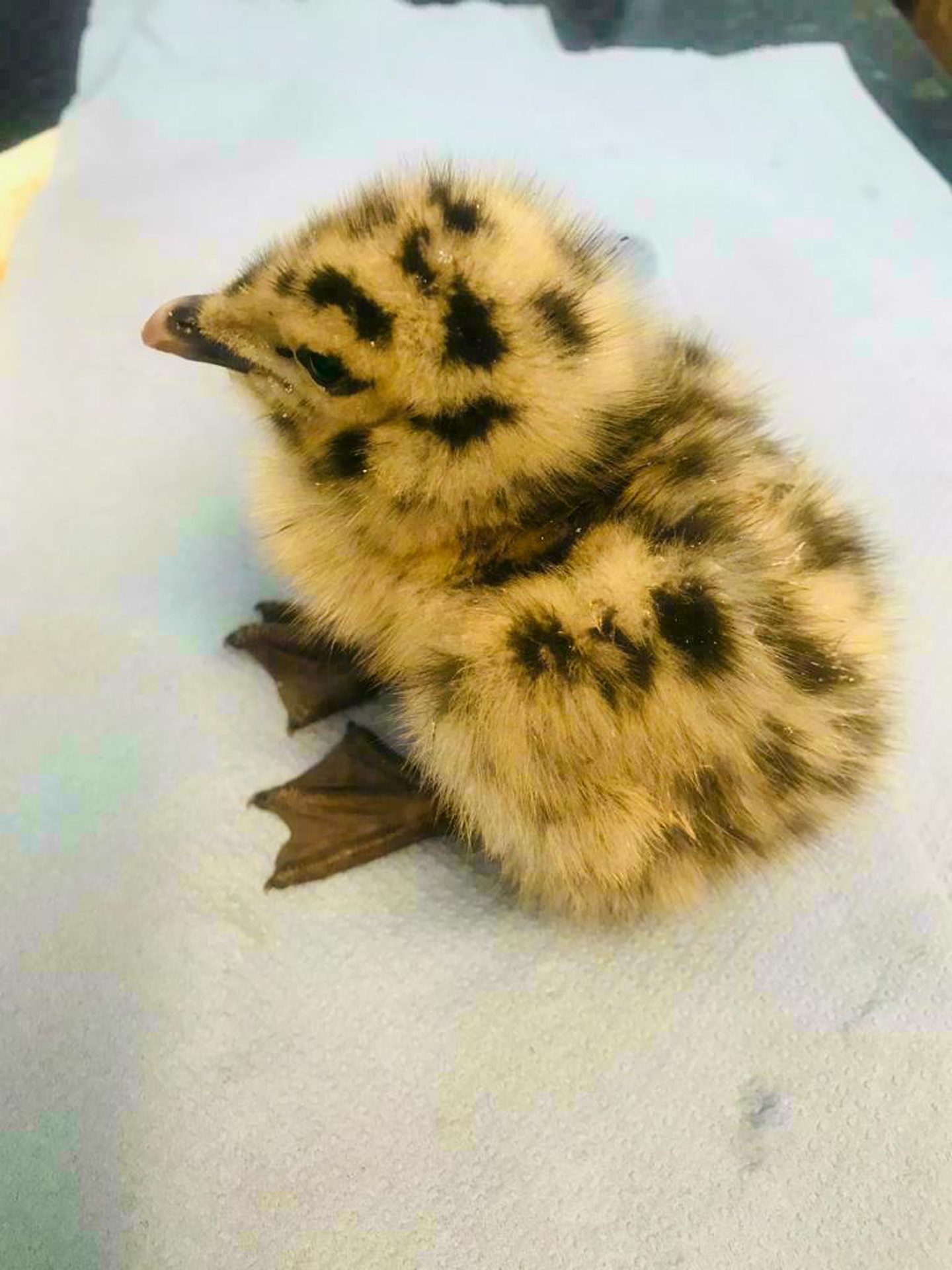
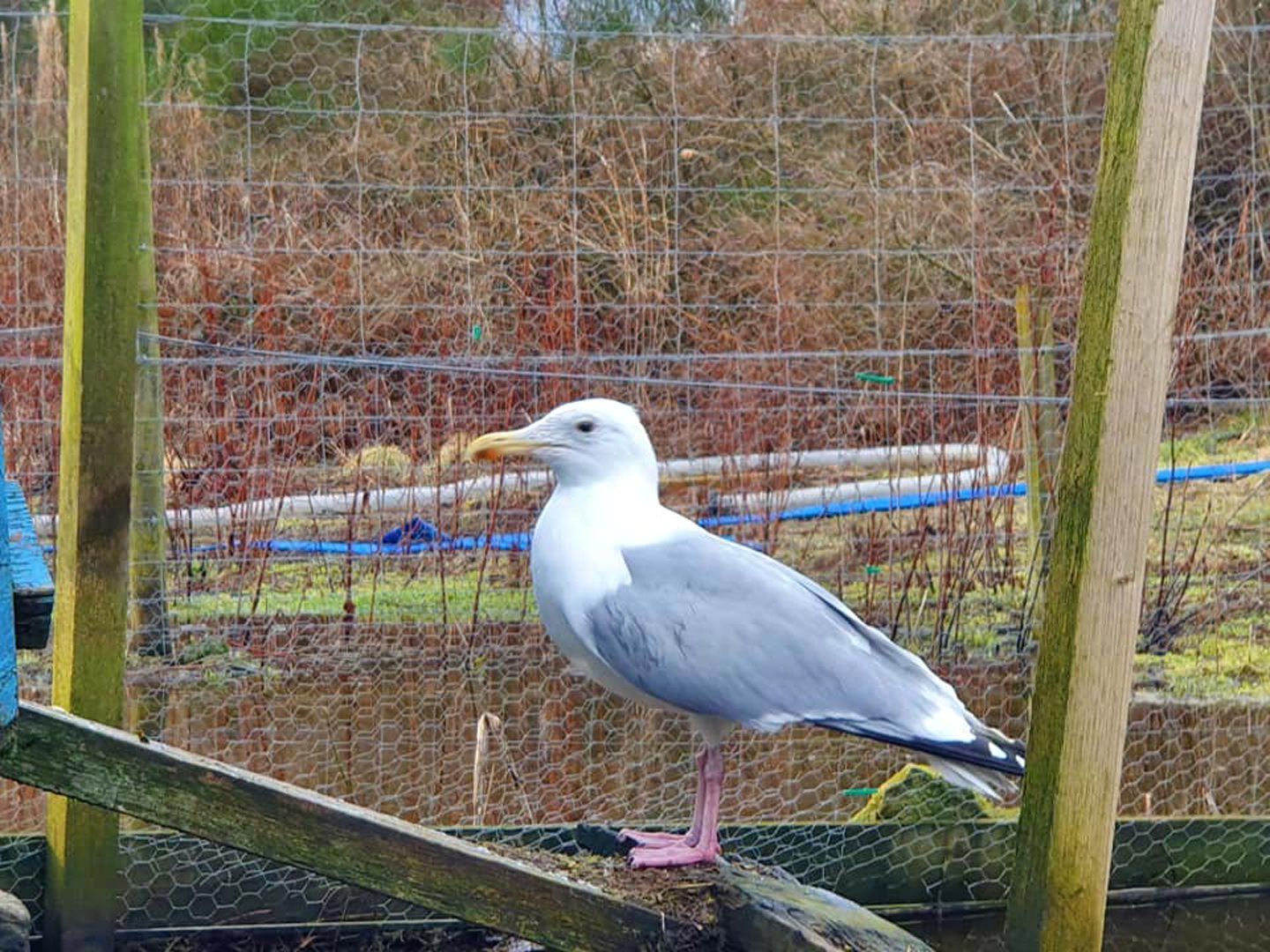
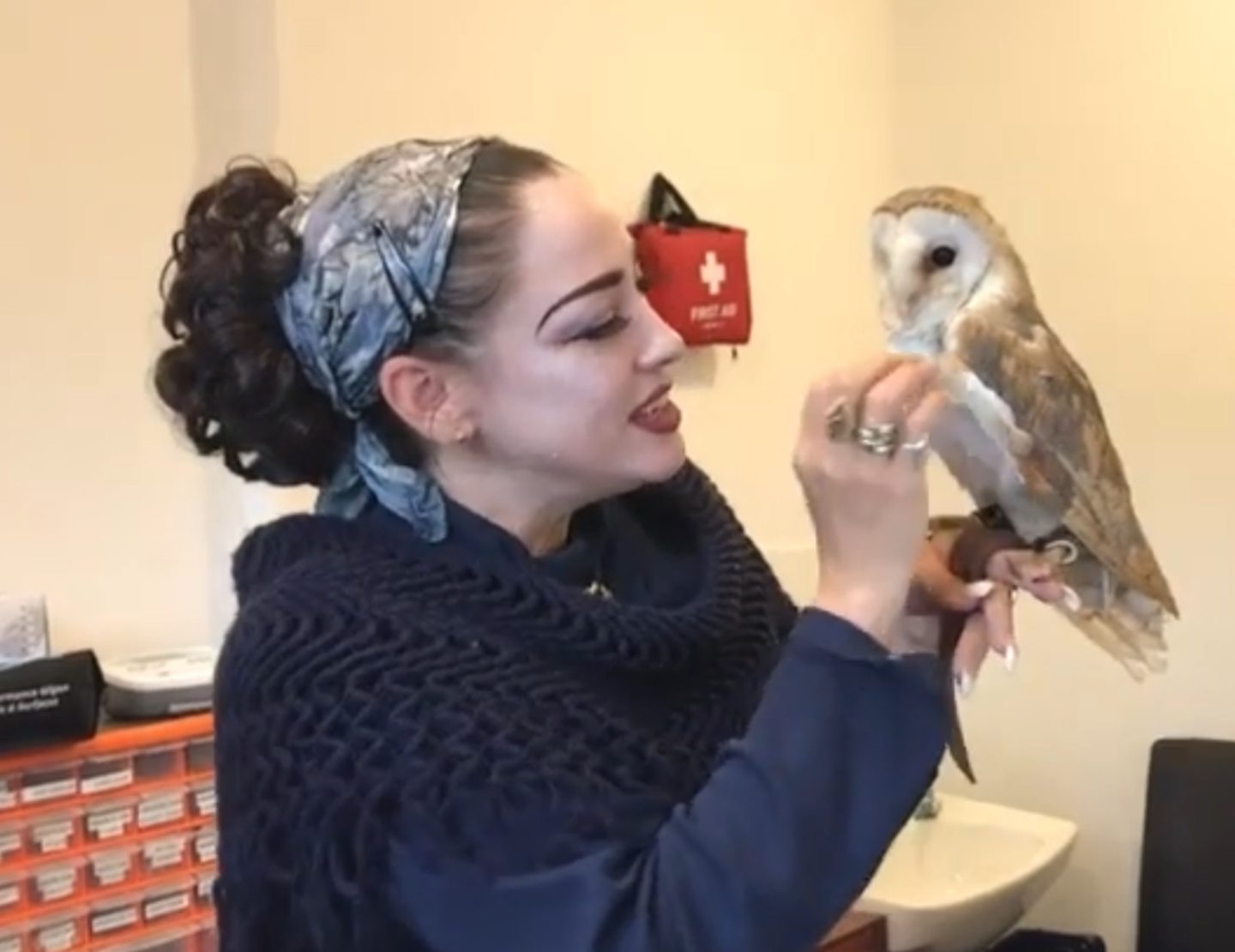
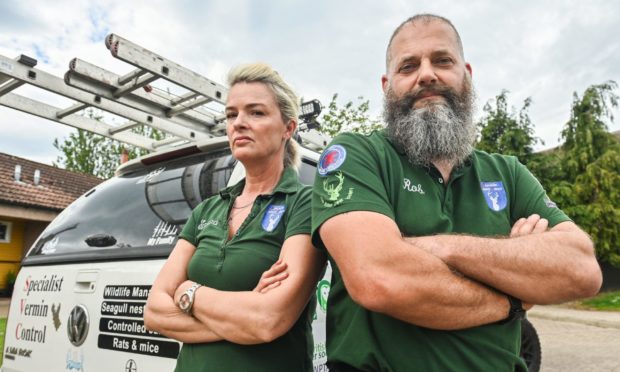
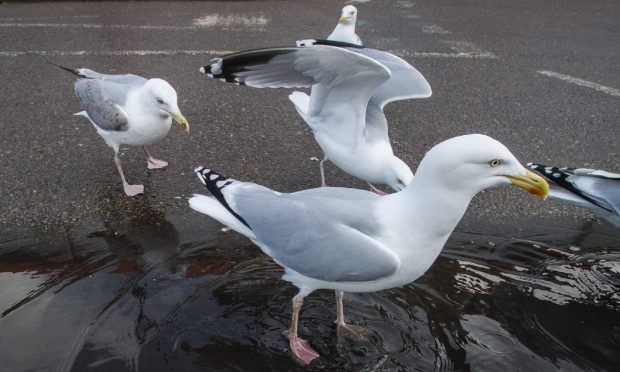
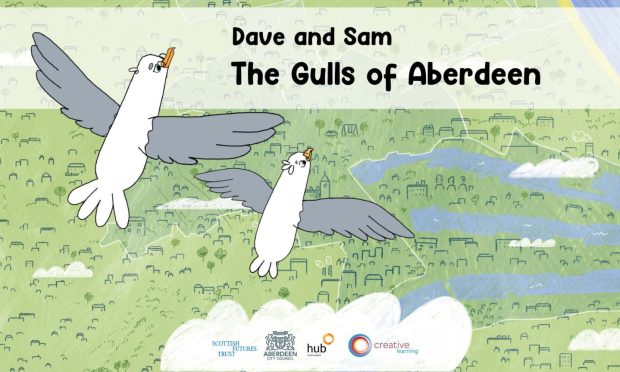
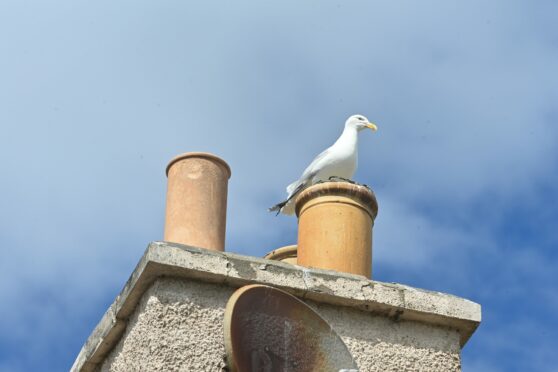
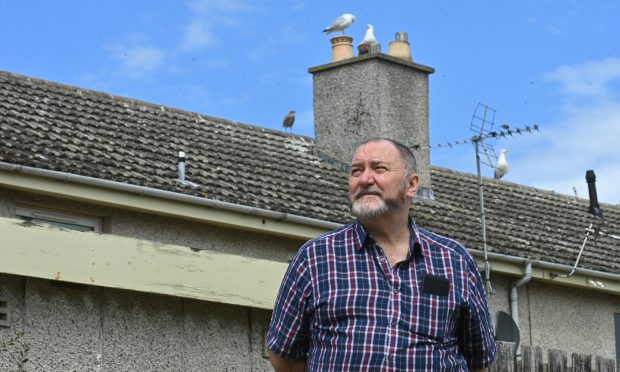
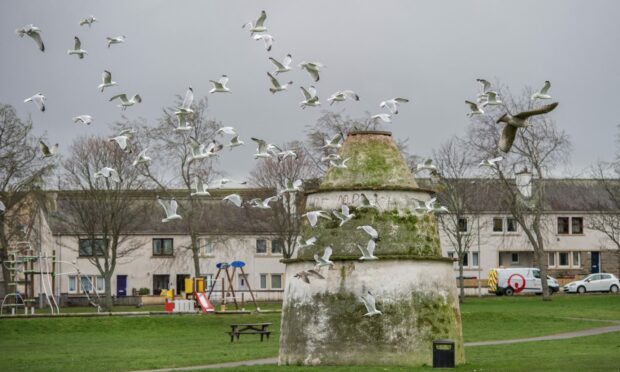
Conversation